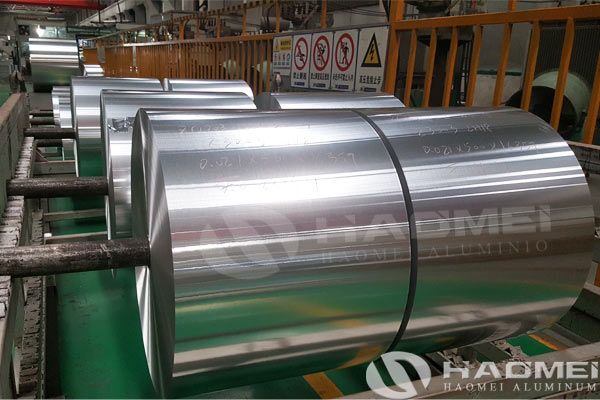Anodized aluminum foil is the main material of aluminum electrolytic capacitors. In order to increase the contact area between the aluminum foil and the electrolyte, the surface of the aluminum foil is galvanically corroded to form a pitted and uneven shape, which can increase the surface area of the aluminum foil by about seven or eight times. After the aluminum foil undergoes galvanic corrosion, it needs to use chemical methods to oxidize its surface into dense aluminum oxide (that is, the medium of aluminum electrolytic capacitors). The corrosion and formation of aluminum foil is an important process in the preparation of aluminum capacitors. The corrosion foil is made from ultra-pure aluminum foil through electrochemical etching, and the corrosion foil is finally formed into anodized aluminium foil after anodic oxidation.

The working medium of the aluminum electrolytic capacitor is to form a very thin layer of aluminum trioxide (Al2O3) on the surface of the aluminum foil through anodic oxidation. The oxide dielectric layer and the capacitor anode are combined into a complete system, and the two are interdependent and cannot be independent of each other. The electrodes and the dielectric of the capacitor are independent of each other. The anode of the aluminum electrolytic capacitor is anodized aluminum foil, and an Al2O3 dielectric layer is formed on the surface of the aluminum foil. The cathode is not what we think of as the negative foil, but the capacitor's electrolyte. The negative foil plays an electrical role in the electrolytic capacitor because the electrolyte, as the cathode of the electrolytic capacitor, cannot be directly connected to an external circuit, but must form an electrical path through another metal electrode and the rest of the circuit.
The working medium of aluminum electrolytic capacitors is to form a very thin layer of aluminum trioxide on the surface of aluminum foil through anodic oxidation. The anodized aluminum foil and cathode aluminum foil of aluminum electrolytic capacitors are usually corroded aluminum foils, and the actual specific surface area is much larger, which is one of the reasons why aluminum electrolytic capacitors usually have larger capacitance. Since the dielectric oxide film of aluminum electrolytic capacitors is obtained through anodic oxidation, its thickness is proportional to the voltage applied by anodic oxidation. Therefore, in principle, the thickness of the dielectric layer of aluminum electrolytic capacitors can be manually and accurately controlled.
live:onlinehcx